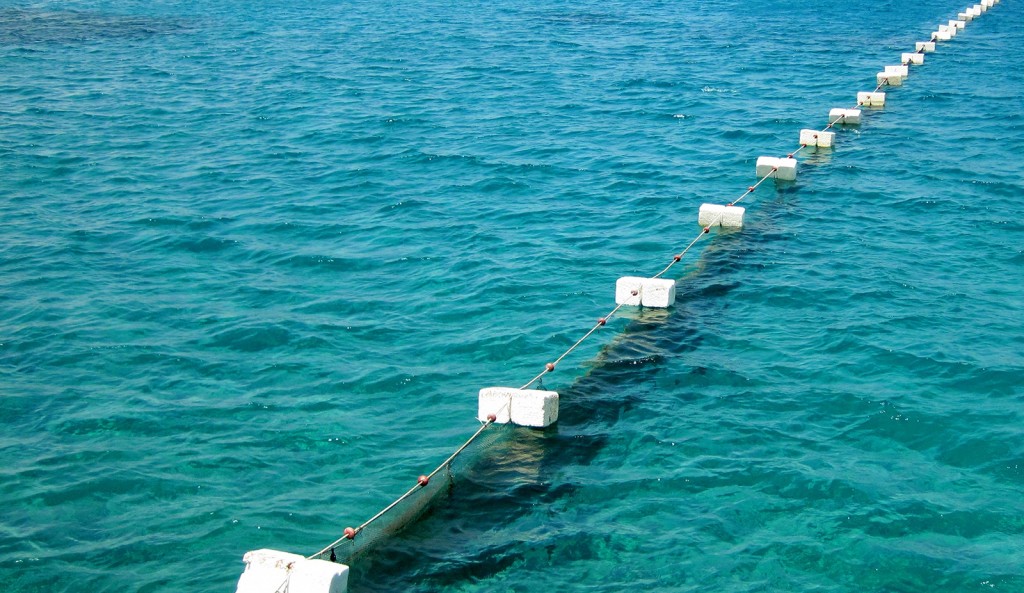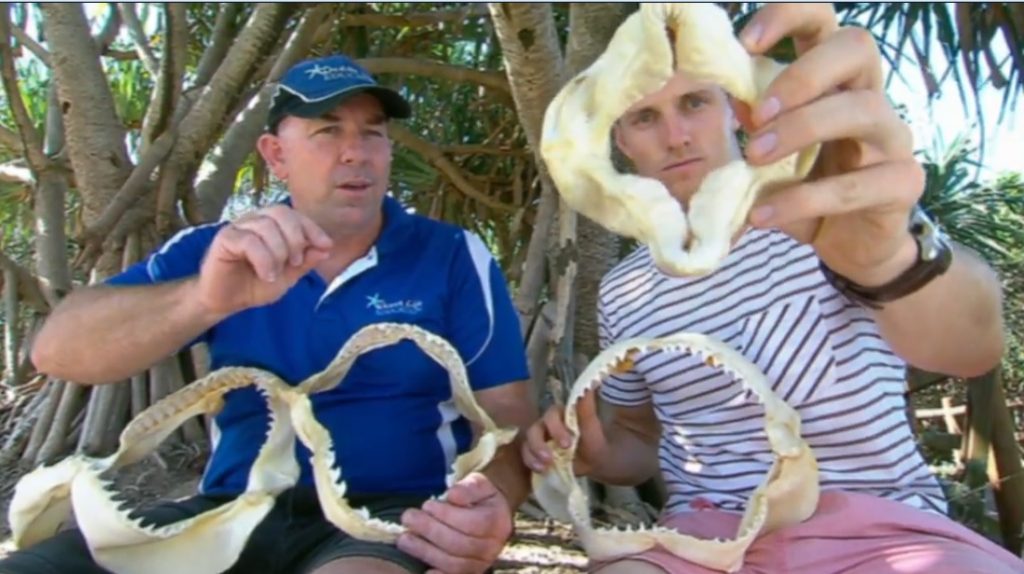
Source: www.nsw.gov.au
Sharks, shark attacks and shark nets. You’ve probably heard the conversation in the media in recent times as our nation figures out a solution to ‘protect ourselves’ from a shark encounter.
In response to a number of shark confrontations along the NSW northern beaches (including popular spots Byron Bay and Ballina) the NSW government has carried out a comprehensive review on deterrent and detection methods to improve swimmer and surfer safety.
Ocean Life Education has long now been an advocate of education for public safety in and around our waterways. What we aim to achieve in our programs like our Shark Discovery, is a deeper understanding of sharks; the safest time and places to swim and why we sometimes come into contact with sharks.
As a long-time sceptic of the effectiveness of shark nets that are reported as protecting our popular beaches, I am delighted to see that the NSW government is reviewing both deterrent and detection methods for their northern beaches, which means that shark welfare is being considered as part of their review process.
The review mostly focuses on results of the effectiveness of such methods on the Great White, Tiger and Bull Whaler sharks and includes fourteen deterrent strategies and three detection strategies.
Review of deterrent methods
Of the deterrents, four involve electric and electromagnetic nets, ropes and cables; three are barrier nets (non-entanglement nets); five are various personal devices (worn by surfers or swimmers); a bubble curtain; and the Smart Bouy system (similar to a drum line but with capability to alert when a shark is caught so it can be quickly released).
The results showed the barrier nets were most effective, however the trials for these nets were carried out in Western Australia at a relatively protected beach where wave heights never exceeded 1.5m, therefore not a great indicator for open East Australian beaches that can have six-plus meter waves. Not only that but keeping the barriers clean of fouling was another concern.
The electronic devices were problematic to other animals’ sensory abilities and also problematic to humans with heart problems who may use pacemakers. Personal devices varied in effectiveness but deemed not practical to protect great numbers of people at large beach sites. While the bubble curtain is an unobtrusive idea to humans and animals alike it wasn’t highly effective at deterring sharks.
Finally, there was the Smart Buoy which is just a baited drum line, with ability to alert it’s managers of a hook up, allowing the shark to be relocated. The problem here is using a baited hook brings sharks in and catches them, but also dolphins and turtles get caught too, plus staff managing relocation of animals need the right equipment and training to relocate effectively.
Review of detection methods
There were three detection methods trailed: shark spotter program; clever buoy; and tagging and real time tracking of tagged sharks.
The shark spotter program proved the most effective method of detection, the only problem is the shear expanse of coast line that needs to be monitored along the NSW north coast, which would incur a large expense.
Tagging and tracking sharks has been used by scientists for a long time now, it is effective in tracking sharks’ movements but not practical in being able to tag all sharks. Thus, this strategy rated low on the review.
Of great interest was research into technology such as the ‘Clever Buoy’, a collection of detector buoys, using sonar technology to detect large moving objects, which then sends a signal to a shore base to advise swimmers (for example a life guard tower). This detector method would keep swimmers safe and prevent the death of any marine life. It’s a win-win situation in my books.
Watch the video by Optus about how the Clever Buoy technology works.
The review did mention that this was in trial phase and needed tweaking, but with increasing technology improvements, this kind of protection for beaches is three to five years away and is both a good result for swimmers and the environment.
Final word
In 2017 we can say keep an eye on the future, it looks bright. It is great to see an improved environmental approach to an ongoing problem of humans living in harmony with the marine environment. If NSW adopts this technology and proves its effectiveness we hope that Queensland will follow suit.
Richard Coward, Director of Education
Read more
- Watch the video on the NSW Government Shark Management Strategy



